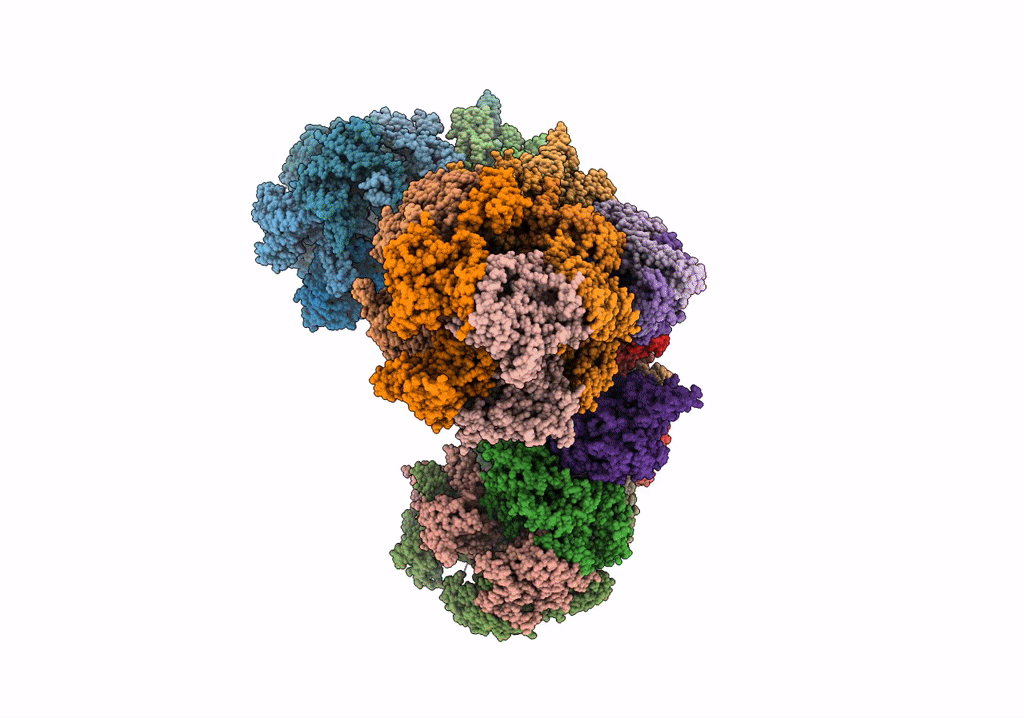
Deposition Date
2019-07-16
Release Date
2019-11-20
Last Version Date
2024-10-16
Entry Detail
PDB ID:
6PTO
Keywords:
Title:
Structure of Ctf4 trimer in complex with three CMG helicases
Biological Source:
Source Organism:
Saccharomyces cerevisiae (Taxon ID: 4932)
Host Organism:
Method Details:
Experimental Method:
Resolution:
7.00 Å
Aggregation State:
PARTICLE
Reconstruction Method:
SINGLE PARTICLE


